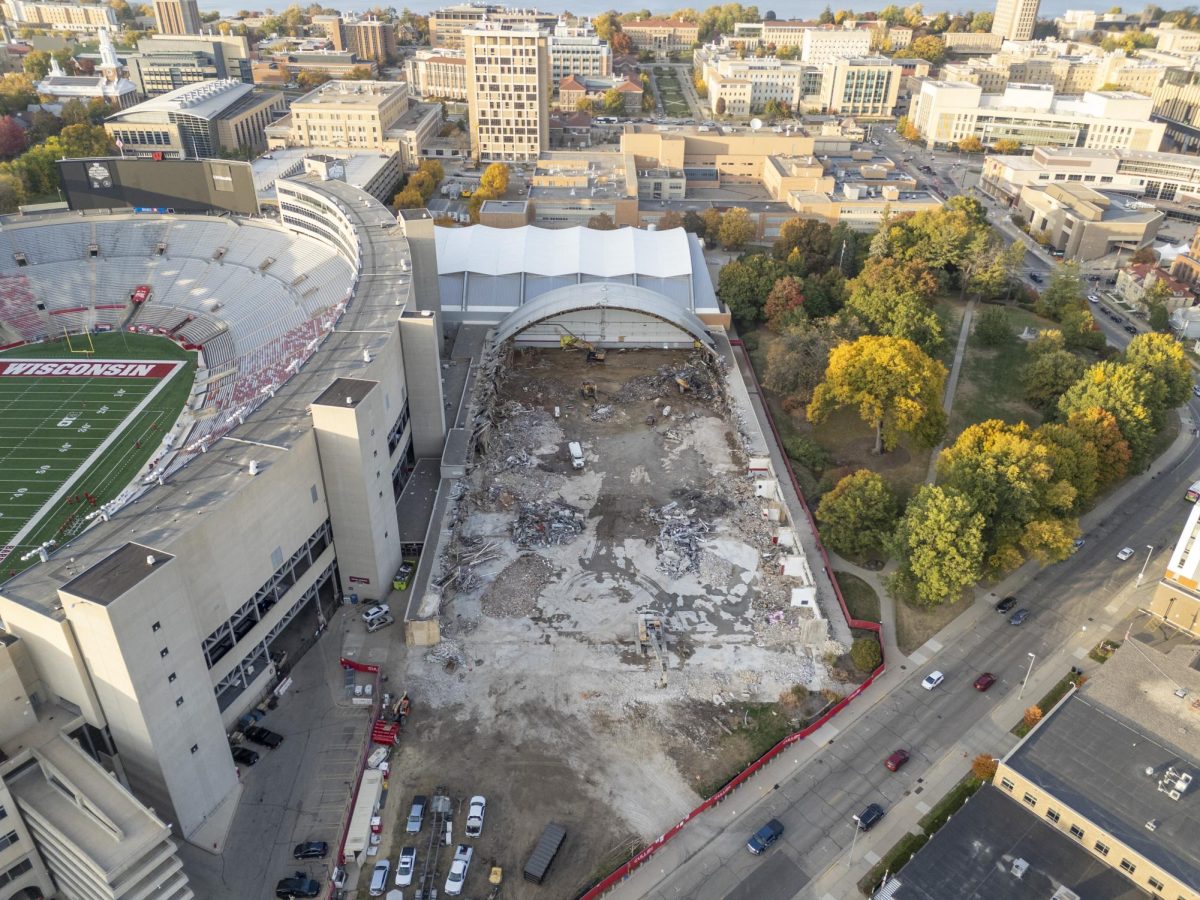[media-credit name=’George LeVines / The Badger Herald’ align=’alignnone’ width=’648′] [/media-credit]
[/media-credit]
A city committee moved forward with Madison’s redistricting process Thursday by assessing mapped proposals for new district boundaries that will be presented to the public in the coming weeks.
The Ad Hoc Committee debated various issues with redistricting such as using physical barriers as boundaries and enhancing minority participation through creating special areas of interest.
The biggest conflict the committee began to tackle was how to find a balance between respecting neighborhood associations while trying to maintain diverse populations within each district.
“We’re going to have to have tradeoffs,” committee member Salvador Carranza said. “The question is which ones are better tradeoffs; should we pay more attention to [neighborhood] boundaries or minority representation”?
The balance is difficult to achieve because all districts are required by law to have a roughly equal number of residents, said Tom Akagi, a consultant who drew the plans.
Committee member Mark Richardson said individual neighborhoods are often composed of similar demographics because of cost.
“Unfortunately, sometimes neighborhoods go hand in hand with housing and cost, and you can’t split the two,” Richardson said.
Under the first proposed redistricting plan, Carranza said Districts 5 and 13 would see significant decreases in minority populations. The largest drop is in District 5, which would go from a rate of 31 percent to 12 percent.
Since the previous redistricting 10 years ago, the city’s population has increased by about 25,000 – disrupting the balance between the 20 aldermanic districts. The target population for each district is 11,660 residents.
Akagi said the most important aspect of his four redistricting designs was to stay within 3 percent of the 11,660 person target for each district.
Ald. Steve King, District 7, said he worried about splitting neighborhood associations because alders’ primary means of receiving their district’s input comes from those groups.
“If we had more flexibility than 3 percent, maybe 5, we could keep more associations together,” King said. “I think we would take that risk.”
City Attorney Michael May said the higher the deviation number is pushed, the more likely the redistricting plan would be challenged, potentially bringing the matter to court.
Ald. Lauren Cnare, District 3, echoed King’s concerns and said she dislikes splitting neighborhood associations. But Cnare said she would rather seek input from the neighborhoods before focusing intently on the parameter.
Cnare said some associations are large enough that they could be split to accommodate the redistricting, and other smaller neighborhoods could be merged.
The committee plans for public input hearings downtown and on the city’s east and west sides. The meetings would be held on three separate days in mid-April to gauge residents’ views on the proposed plans.
Cnare said if the committee continues to emphasize neighborhood association boundaries, the existing alders should make sure they and the associations come to their public input hearing and talk about the impact.
At the public input hearings, the committee plans to display the three proposed plans on large maps residents leave post-it notes on with their suggestions. After the public meetings, the committee plans to present their findings to the City Council.













